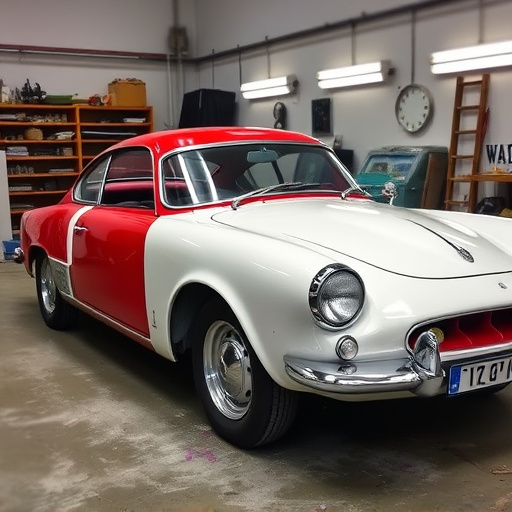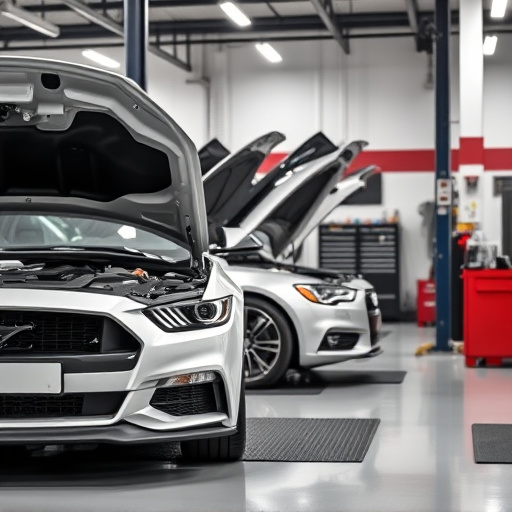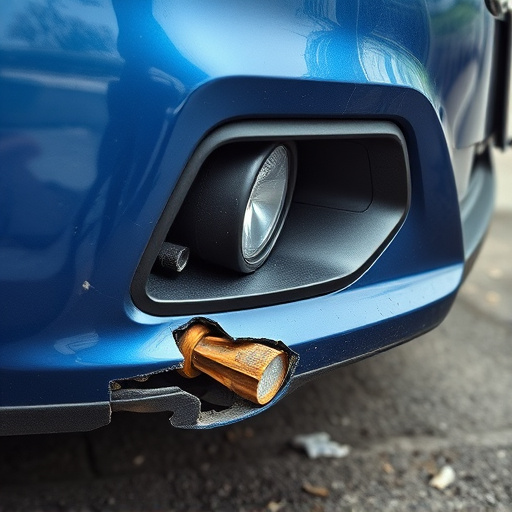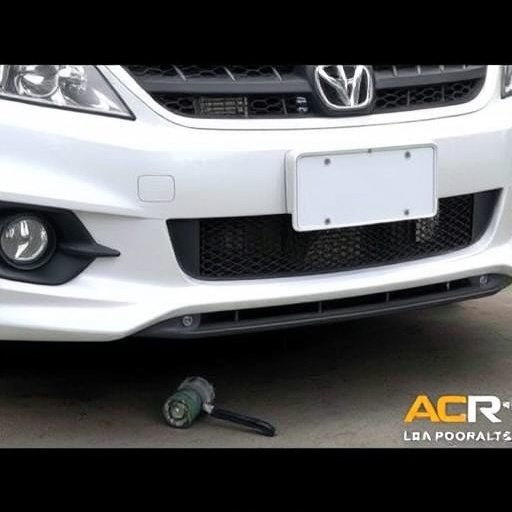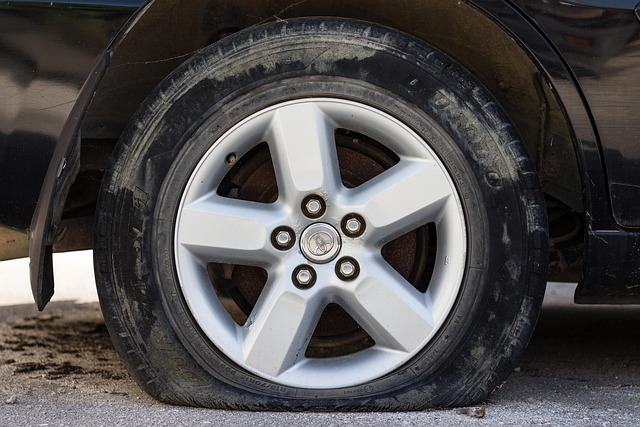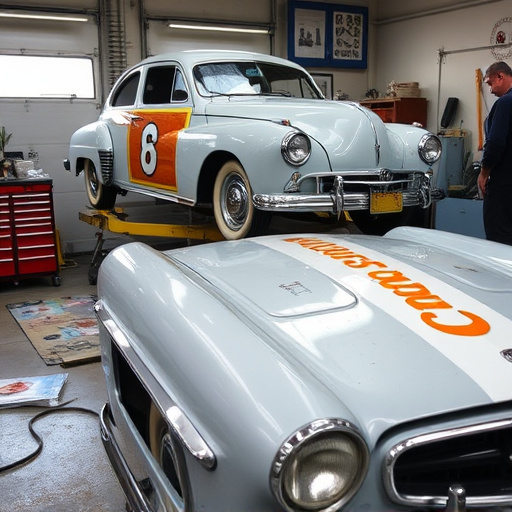Mercedes ventilated seat control switches are prone to failure due to moisture, heat, or stress, leading to ventilation issues. Early identification is key for minimal damage and effective repairs. While basic troubleshooting helps, complex cases may require professional diagnosis and repair of faulty modules, wiring, or related components. Accurate diagnosis prevents further damage and ensures cost-efficient, timely repairs. Although car enthusiasts can perform simple repairs, complex issues might necessitate expert help from classic car restoration specialists.
Are you experiencing issues with your Mercedes ventilated seat control switch? This comprehensive guide delves into the common problems and provides a step-by-step approach to repairs. Understanding the intricate mechanics of Mercedes ventilated seats is crucial for effective troubleshooting. By identifying malfunctioning control switches, you can efficiently address the issue. With the right tools and knowledge, repairing your ventilated seat becomes a manageable task, ensuring optimal comfort in your luxury vehicle.
- Understanding Mercedes Ventilated Seat Control Switch Issues
- Diagnosing and Identifying Malfunctioning Control Switches
- Step-by-Step Guide to Repairing Your Ventilated Seat
Understanding Mercedes Ventilated Seat Control Switch Issues

Mercedes ventilated seat control switches can fail over time due to various factors such as exposure to moisture, extreme temperatures, or mechanical stress. These issues often manifest as malfunctions, where the seats may not ventilate properly or at all. This can range from a simple delay in cooling to complete failure of the system, causing discomfort for drivers and passengers alike.
Identifying the problem early is crucial for minimizing damage and ensuring a Mercedes ventilated seat repair that restores functionality efficiently. While some minor issues might be resolved with simple troubleshooting, more complex cases may require professional intervention. The expertise lies in diagnosing the root cause, whether it’s a faulty control module, damaged wiring, or other components related to the ventilation system. This is where specialized knowledge and tools are essential, as they help address not just the visible symptoms but also underlying problems that could lead to further complications—much like how collision damage repair professionals tackle dents and fender repairs to restore vehicles to their pre-accident condition.
Diagnosing and Identifying Malfunctioning Control Switches

Diagnosing and identifying malfunctioning control switches is a crucial step in any Mercedes ventilated seat repair process. The first sign of trouble might be an unusual noise or a feeling of resistance when adjusting the seat’s ventilation settings. Technicians use specialized diagnostic tools to check for power fluctuations, electrical signals, and component damage within the control module. This involves scanning the system for error codes that can point towards specific issues with the control switch or related wiring.
Proper identification requires careful observation and knowledge of Mercedes vehicle systems. With many modern cars, including those with ventilated seats, relying heavily on complex electronic systems, early detection of problems is key to preventing further damage. Efficient autobody repairs and auto maintenance practices depend on accurate diagnosis, ensuring that the issue is addressed without unnecessary cost or time wastage, be it a faulty switch, damaged wiring, or a loose connection.
Step-by-Step Guide to Repairing Your Ventilated Seat

Repairing your Mercedes ventilated seat when the control switch malfunctions can be a straightforward process if approached methodically. First, locate the faulty switch, usually situated within easy access near the seat controls. Once identified, isolate the power supply to the affected area for safety. Next, carefully disassemble the seat cover, taking note of how it’s secured and any intricate connections.
With the seat open, inspect the ventilation mechanism and control unit. Clean any debris or dust that might have accumulated over time. If replacing components, ensure you use genuine Mercedes parts for optimal performance and compatibility. Reassemble the seat, reconnecting all wires and securing the cover with the same precision as before. Test the functionality of the ventilated seats after the repair, ensuring smooth operation without any glitches. This step-by-step guide can help owners tackle common issues, but remember, if you’re unsure or facing complex problems, professional assistance from a specialist in classic car restoration or paintless dent repair may be required.
Repairing a Mercedes ventilated seat with control switch malfunctions can be achieved through proper diagnosis and a systematic approach. By understanding the common issues, identifying faulty switches, and following a step-by-step guide, car owners can effectively fix their seats and regain optimal comfort. Mercedes ventilated seat repair is not only feasible but also ensures a personalized driving experience, restoring the vehicle’s functionality and enhancing passenger satisfaction.
